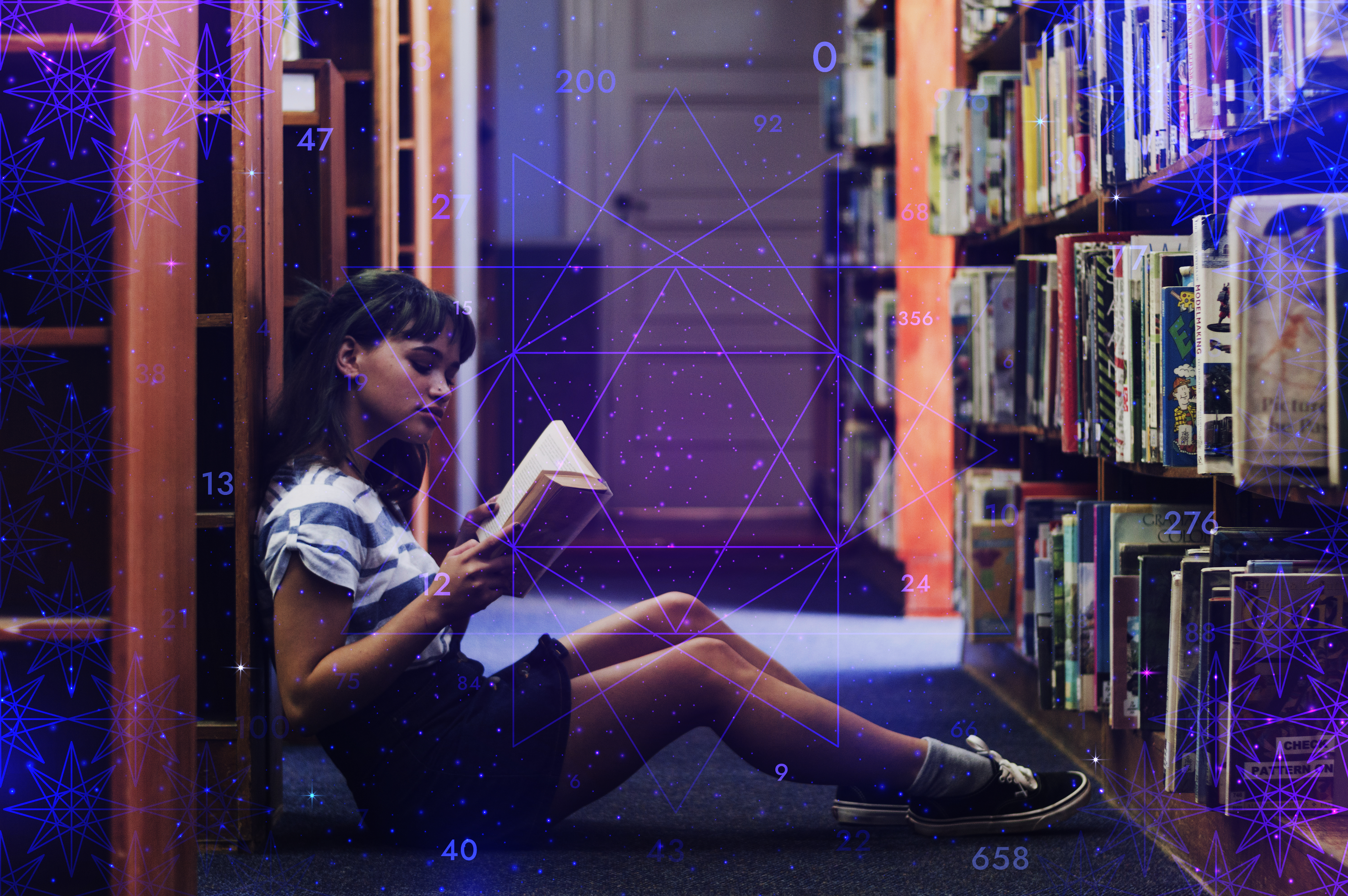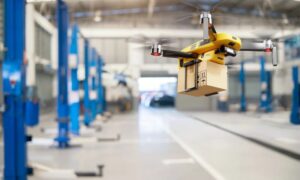Artificial Intelligence (AI) is transforming nearly every sector of society, and education is no exception. In 2025, classrooms—both physical and virtual—are powered by intelligent systems that personalize instruction, automate administrative tasks, and enhance student engagement like never before. The fusion of human creativity and AI-driven efficiency is ushering in a new era of learning, accessible to students around the world.
Personalized Learning at Scale
One of the most profound impacts of AI in education is its ability to tailor learning experiences to individual students. No two learners are alike, and AI makes it possible to adapt content, pacing, and style based on each student’s unique needs.
- Adaptive Learning Platforms like Squirrel AI (China) and Carnegie Learning (USA) use real-time performance data to modify lessons, ensuring that students are neither bored nor overwhelmed.
- AI systems assess learning gaps instantly and deliver targeted exercises to reinforce comprehension.
- Students receive personalized feedback, helping them stay motivated and engaged throughout their learning journey.
Intelligent Tutoring Systems (ITS)
AI-powered tutors simulate one-on-one instruction and are available 24/7. These systems provide immediate support when teachers are not available, especially in remote or underfunded regions.
- Platforms like Duolingo Max and Khanmigo integrate generative AI to offer nuanced explanations and dialog-based feedback.
- ITS can recognize emotional cues, such as frustration or boredom, and adapt their tone and content accordingly to re-engage learners.
- Some systems even simulate Socratic questioning, helping students develop critical thinking skills.
Classroom Management and Teacher Support
AI doesn’t replace teachers—it empowers them.
- Automated grading of multiple-choice, short answer, and even essays helps educators focus more on pedagogy and less on paperwork.
- AI can generate lesson plans, identify at-risk students, and suggest teaching strategies based on class performance analytics.
- Tools like Grammarly for Education and Turnitin with AI Detection assist teachers in maintaining academic integrity and improving student writing.
Global Access to Quality Education
AI-powered translation and speech recognition tools are helping to eliminate language barriers in classrooms worldwide.
- Real-time transcription and translation enable international students to follow along in their native languages.
- AI voice assistants can pronounce difficult words, explain idioms, and adjust vocabulary levels depending on the learner’s proficiency.
- For children in remote areas, low-bandwidth AI apps provide interactive, quality education without needing constant internet connectivity.
Lifelong Learning and Corporate Training
AI is reshaping how professionals reskill and upskill in the modern workplace.
- Personalized learning paths on platforms like Coursera Plus and LinkedIn Learning help workers stay relevant in a rapidly changing job market.
- AI curates courses based on career goals, previous experience, and market trends, guiding learners efficiently.
- AI-powered chatbots offer on-demand Q&A, simulating a human mentor within corporate learning ecosystems.
AI Data Insights and Learning Analytics
Educational institutions are leveraging AI for predictive analytics to improve student outcomes.
- AI identifies students who may be at risk of failing and recommends interventions such as additional tutoring or schedule adjustments.
- Schools use analytics to optimize class sizes, teaching methods, and even curriculum design.
- Data visualization tools help parents and teachers understand student progress at a glance.
Ethical Concerns and Challenges
While the benefits are vast, AI in education is not without its challenges.
- Privacy and Data Security: Students generate vast amounts of data. Safeguarding this information is critical.
- Bias and Fairness: If AI systems are trained on biased datasets, they may perpetuate existing inequalities.
- Over-reliance on Automation: There’s a risk of losing human empathy and spontaneity in teaching.
Solutions are emerging, including stronger data protection laws, transparent algorithms, and hybrid AI-human teaching models that emphasize balance over replacement.
Future Trends in AI Education
Looking ahead, several cutting-edge developments promise to further revolutionize learning:
- Emotion AI: Systems that analyze facial expressions, tone of voice, and behavior to gauge emotional engagement and adjust accordingly.
- Gamified AI Learning: Combining game mechanics with AI to create immersive learning environments that are both fun and effective.
- VR and AR with AI Integration: Enabling students to explore virtual labs, historical landmarks, or molecular structures with intelligent guidance.
- Blockchain for Credentials: Verifying skills and academic records using secure, tamper-proof digital ledgers.
Case Studies and Real-World Success
- In Finland, AI is used in primary education to provide multilingual instruction to immigrant children, helping them integrate quickly.
- India’s government has deployed AI tutors in rural schools to supplement teacher shortages, especially in STEM subjects.
- In the U.S., several universities now use AI chatbots to help freshmen navigate enrollment, course registration, and mental health resources.
Final Thoughts: Smarter Learning, Empowered Students
Artificial Intelligence is no longer just an educational tool—it’s becoming a trusted partner in every stage of learning. From personalized lesson plans and AI tutors to intelligent assessment systems and immersive virtual experiences, AI in education is empowering students and educators like never before. In 2025, classrooms are more inclusive, curricula are more dynamic, and students are equipped with skills that align with a fast-changing world.
But as with any powerful technology, the true value of AI in education lies in how we choose to use it. The balance between human interaction and machine intelligence must remain at the heart of the learning experience. Ethical implementation, teacher training, and equitable access are not just technical considerations—they are moral imperatives.
Looking ahead, AI won’t replace teachers—it will amplify them. It won’t erase traditional learning—it will enrich it. As education becomes more adaptive, interactive, and intelligent, one thing is clear: the classroom of the future is already here, and it’s smarter than ever.























